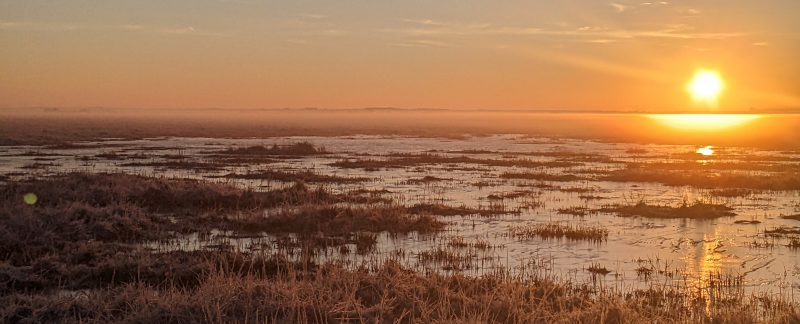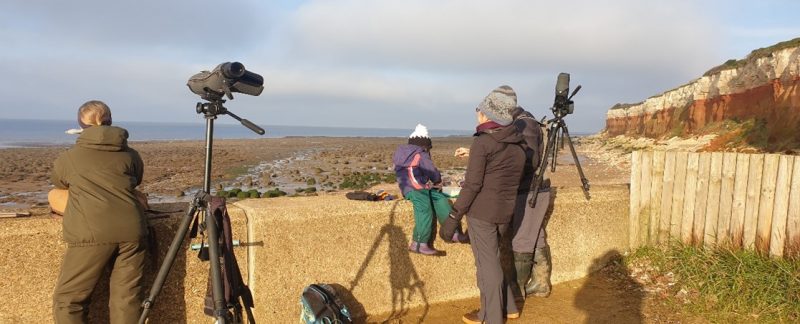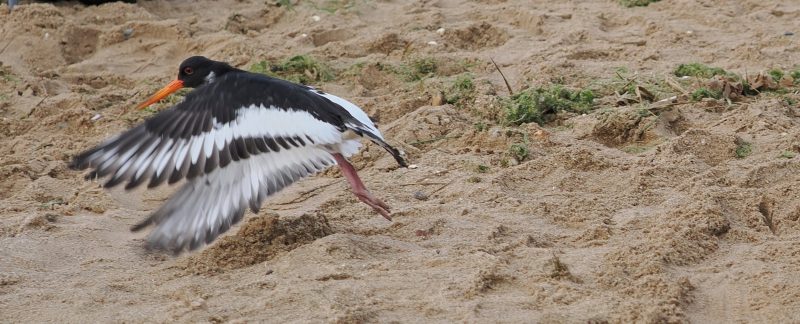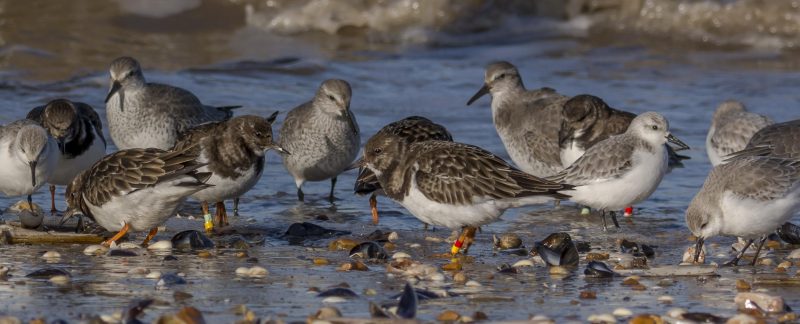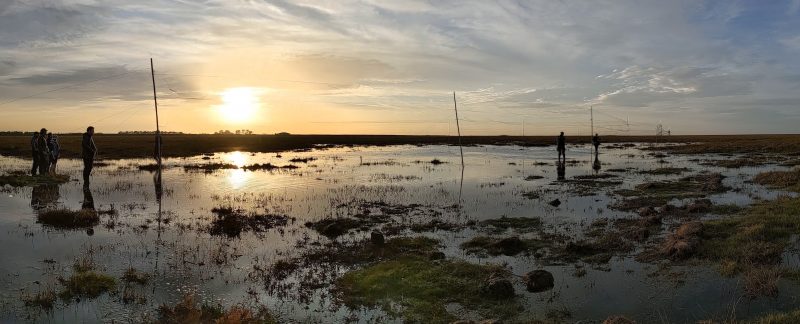Friday 20 January
At 13:00 Mark went to recce on Heacham South beach. At this time the tide had a long way to come back in and there were lots of Oystercatchers out on the mud. Strong onshore wind and waves caused the birds to come quickly off the mud and onto the beach. Mark observed five separate groups of about 100 each. Some of the birds moved right up to the previous tide line before high tide arrived while three of the groups stayed at the water’s edge. Unhappy with the large amount of people and dog walkers on the beach, many birds flew off to Snettisham Pits; however, Mark stayed until after dark (around 16:30), by which point the number of people had reduced, and despite the strong wind there were still Oystercatchers on the grot line.
Continue Reading →
